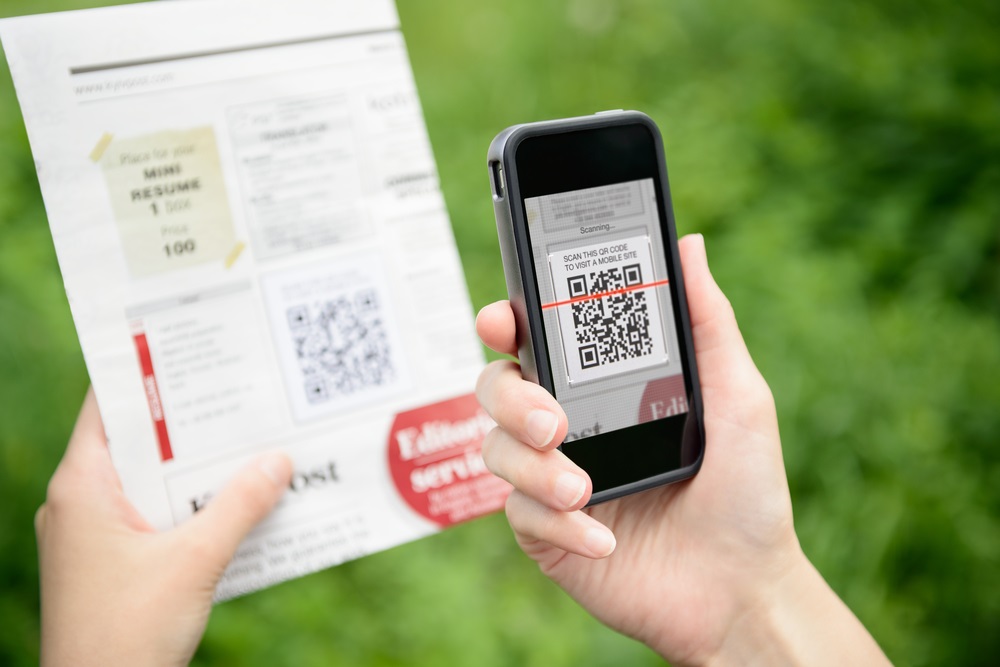
In a world where smartphones and tablets are being used by the majority of millennials, it takes something pretty groundbreaking to grab their attentions.
Well, these days, the advertising method that’s most effective with this generation just so happens to be the one that’s been around the longest: direct mail.
But, why does direct mail still work with millennials? The team at Aspen Automotive has done the research and is ready to help you understand the power that direct mail holds with the most tech-centric generation. Let’s get started!
Direct Mail and Millennials: The Facts
 Believe it or not, direct mail has a measurable effect on the generation that’s most closely tied with smartphone use: millennials.
Believe it or not, direct mail has a measurable effect on the generation that’s most closely tied with smartphone use: millennials.
According to a recent study from the United States Postal Service (USPS) 62 percent of millennials would rather read through mail than email to find important information.1
Even more surprising is direct mail’s effect on millennials compared to other generations. In fact, millennials are 71 percent more likely to scan the mail compared to 66 percent of non-millennials.1
These statistics are just the tip of the iceberg when it comes to measuring the positive effect that direct mail has on millennials. Suffice it to say, reaching out to your dealership’s young customers, through email or other digital methods, isn’t always the most effective way of spurring them into action.
Why Does Direct Mail Still Work for Millennials?
It’s Engaging
Think about it: Between your email inbox and smartphone usage, how many digital ads do you see on a given day? Well, if you’re like the average consumer, hundreds (if not thousands) of advertisements pass in front of your eyes every single day. The critical question is this: Are you digesting all of them?
Probably not, and that’s exactly where direct mail and physical ads surpass their digital counterparts. In a study performed by the USPS and the Center for Neural Decision Making at Temple University’s Fox School of Business, participants spent more time with physical advertisements than with digital advertisements.2
It’s Emotional
 Furthermore, the individuals reading the print materials displayed greater physical signs of attraction to what they were reading when compared their response to digital ads.2
Furthermore, the individuals reading the print materials displayed greater physical signs of attraction to what they were reading when compared their response to digital ads.2
Why is this the case? Due to the fact that physical ads, such as direct mailers, have a physical and tactile presence rather than just a presence on a screen, individuals tend to have a more intense emotional response to what they’re seeing and reading.
Ultimately, the greater emotional response that your dealership’s direct mail recipients have to your advertisement, the greater the chance that the readers will not only remember your ad but also participate with whatever you’re offering.
It’s Easy to Understand
In a study performed by the Canada Post, researchers found that direct mail, “requires 21 percent less cognitive effort to process and elicits a much higher brand recall.”3
How does this benefit your dealership? Well, the easier your direct mail offer is for your audience to understand, the more likely they are to make a purchase from you.
Plus, thanks to the higher brand recall allowed by direct mail, the message included on your advertisement has a better chance of sticking with your customers, so that they’ll remember your business when it’s time for them to buy a new car.
It’s Different
 Millennials are bombarded by email and other digital advertisements every day, which brings us to one of the simplest reasons why direct mail is so effective with this generation: It’s different.
Millennials are bombarded by email and other digital advertisements every day, which brings us to one of the simplest reasons why direct mail is so effective with this generation: It’s different.
After sorting through hundreds of emails (most of which look the same), a piece of direct mail stands out to young buyers. Instead of sending an email that they can quickly place into their inbox trash can, direct mail requires your audience to, at the very least, look at your dealership’s offer.
That way interested consumers will be presented with the opportunity to reach out to your business to learn more, thereby, giving your team a potential lead.
Direct Mail & Digital: A Match Made in Marketing Heaven
Now that you’re fully informed about why direct mail still works with millennials, it’s time to consider how you can incorporate it into your dealership’s advertising strategy.
It’s important to remember that, despite direct mail’s strengths, you still want to push your young audience towards the devices on which they spend most of their time: their smartphones, tablets, laptops, etc.
 Luckily, automotive direct mail and digital marketing methods pair perfectly with one another to create an immersive shopping experience for the millennial generation.
Luckily, automotive direct mail and digital marketing methods pair perfectly with one another to create an immersive shopping experience for the millennial generation.
For instance, sending a direct mail with a unique, personalized URL (pURL) that directs each customer to their own unique landing page on your dealership’s website is a great way to tie both direct mail and digital into one automotive marketing campaign.
In addition, including scannable QR codes on your direct mail materials encourages young buyers to use their devices to see what type of special offer you’re providing them.
At the end of the day, marketing strategies that harness the best of the direct mail and digital advertising worlds are the ones that yield measurable results for your dealership.
Does Direct Mail Still Work with Millennials? Find Out Today!
At Aspen Automotive, we want to help your dealership connect with your ideal customers including millennials.
So, before you get started on your next automotive direct mail campaign, let the team at Aspen Automotive assist you in designing a thought-provoking strategy that’s infused with convenient digital technologies. Get started by giving us a call or sending us an email today!
- https://tensionenvelope.com/sites/default/files/2016_mail_moments_report_may_160504_1400.pdf?_ga=2.94871964.1802443336.1569960866-1081470773.1569960866
- https://www.uspsoig.gov/sites/default/files/document-library-files/2015/rarc-wp-15-012.pdf
- https://www.canadapost.ca/assets/pdf/blogs/CPC_Neuroscience_EN_150717.pdf
